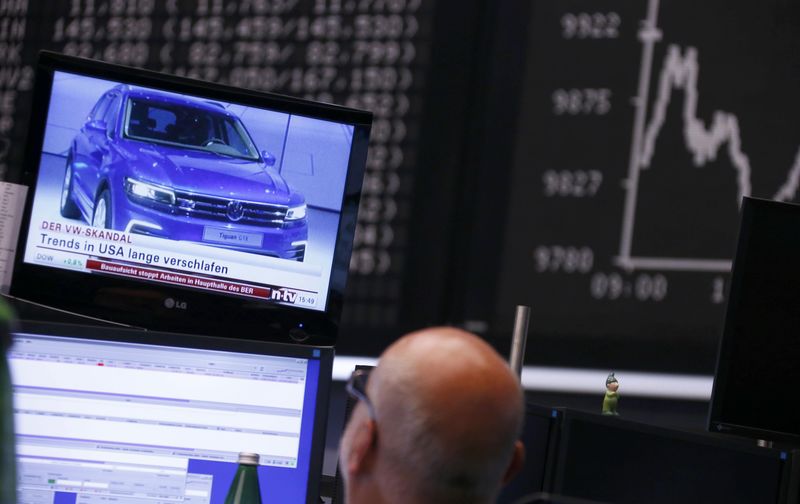CIPHER BRIEF REPORTING – A retired Air Force Intelligence Officer turned whistleblower testified before a House Oversight Committee on Wednesday that the U.S. government is not disclosing all it knows about Unidentified Aerial Phenomena (UAP) to the American public, an accusation the Pentagon denies.
Former military intelligence officer David Grusch was joined by former Navy pilot Ryan Graves, and former Navy Commander David Fravor, whose F/A-18F Super Hornet recorded the now-famous 2004 “Tic Tac” video off the coast of San Diego. The witnesses testified about their own experiences and Grusch testified about what he says others have told him about the existence of evidence of non-human remains and UAP encounters, claiming the government is keeping the information classified.
“There’s certainly some national security concerns when we use our advanced sensors and our tactical jets to be able to identify these objects,” said Graves. “However, there’s no reason that the objects themselves would be classified. I would be curious to see how the security classification guideline actually spells out the different nuances of how this topic is classified from the perspective of UAP, not national security.”
The classification system, said Grusch — who spent several years overseeing Pentagon analysis of UAPs — is only part of broader concerns about the way the government is dealing with UAPs.
Looking for a way to get ahead of the week in cyber and tech? Sign up for the Cyber Initiatives Group Sunday newsletter to quickly get up to speed on the biggest cyber and tech headlines and be ready for the week ahead. Sign up today.
He claimed that government officials have covertly conducted a “multi-decade” program to collect and reverse-engineer crashed, non-human-made crafts. Grusch also said authorities had recovered “nonhuman biologics” at alleged UFO crash sites, and that the U.S. military had misappropriated funds to screen its work from congressional oversight.
Grusch, formerly of the National Reconnaissance Office, which operates space reconnaissance systems and carries out intelligence-gathering, said his information was largely gleaned from interviews with nearly 40 witnesses. He told lawmakers that he was denied access to those programs when he requested it and that he had never personally witnessed UAP’s or alleged remains.
Defense Department spokesperson Sue Gough said there has not been “any verifiable information to substantiate claims that any programs regarding the possession or reverse-engineering of extraterrestrial materials have existed in the past or exist currently.”
Tucked between the lines of an $886 billion defense bill is an amendment that would force the government to reveal more of what it knows about UAPs.
Led by Sen. Majority Leader Chuck Schumer (D-NY) and Senator Mike Rounds (R-SD), Ranking Member of the Subcommittee on Cybersecurity for the Armed Services Committee, the defense bill provision would require government agencies to hand over UAP-related information, which would “carry the presumption of immediate disclosure.”
Those agencies would then be required to petition a review board to keep those records classified.
Last year, Congress conducted a similar hearing – the first such convening in roughly half-a-century – when Pentagon officials noted a bevy of unidentified sightings, while announcing the creation of a task force aimed at better coordinating UAP data collection.
The Office of the Director of National Intelligence released an unclassified version of the government’s report on UAPs in 2022. In that assessment, of the 366 reported sightings of UAPs, it determined that 195 of the objects had shown “unremarkable characteristics,” mostly attributed to balloons “or balloon-like entities.” Others were classified as drones. The remaining 171 cases, however, included some incidents in which objects reportedly “appear to have demonstrated unusual flight characteristics or performance capabilities, and require further analysis.”
Wednesday’s hearing reflected a bi-partisan push for a more transparent approach to how the government addresses UAPs.
“UAPs, whatever they may be, may pose a serious threat to our military and our civilian aircraft, and that must be understood,” said Democratic Rep. Robert Garcia. “We should encourage more reporting, not less, on UAPs. The more we understand, the safer we will be.”
Former Naval Commander Fravor testified during Wednesday’s hearing that UAPs constituted a matter of national security, and called for a central repository of UAP sightings, “where these reports would come in, not just military, but also commercial aviation because there’s a lot of that going on.”
“I think you need to develop something that allows you a central point to collect the data in order to investigate,” he noted.
“I understand that a service-wide reporting mechanism is still pending,” added Graves. “However, that would be a great next step.”
The Cipher Brief Threat Conference is taking place October 7-10 in Sea Island, Georgia. This is the nation’s premiere conference for professionals working in the field of national security and cybersecurity. Space is limited. Apply today for your seat at the table.
Undersecretary of Defense for Intelligence Ronald Moultrie said the Pentagon has been working to change a culture that has stigmatized pilots who have reported seeing UAPs.
“Reports of sightings are frequent and continuing,” added Scott Bray, Deputy Director of Naval Intelligence, during a Subcommittee hearing on Unidentified Aerial Phenomena last year. “The UAP Task Force database has now grown to contain approximately 400 reports. The stigma has been reduced.”
There were no current government officials testifying during Wednesday’s hearings. Last April, Sean Kirkpatrick, Director of the Defense Department’s All-Domain Anomaly Resolution Office, told a Senate subcommittee that his office was tracking 650 potential cases of unidentified aerial phenomena.
He said he had found “no credible evidence” of crafts that seemed to break the laws of physics.
Read expert-driven national security insights, perspectives and analysis in The Cipher Brief because National Security is Everyone’s Business
















